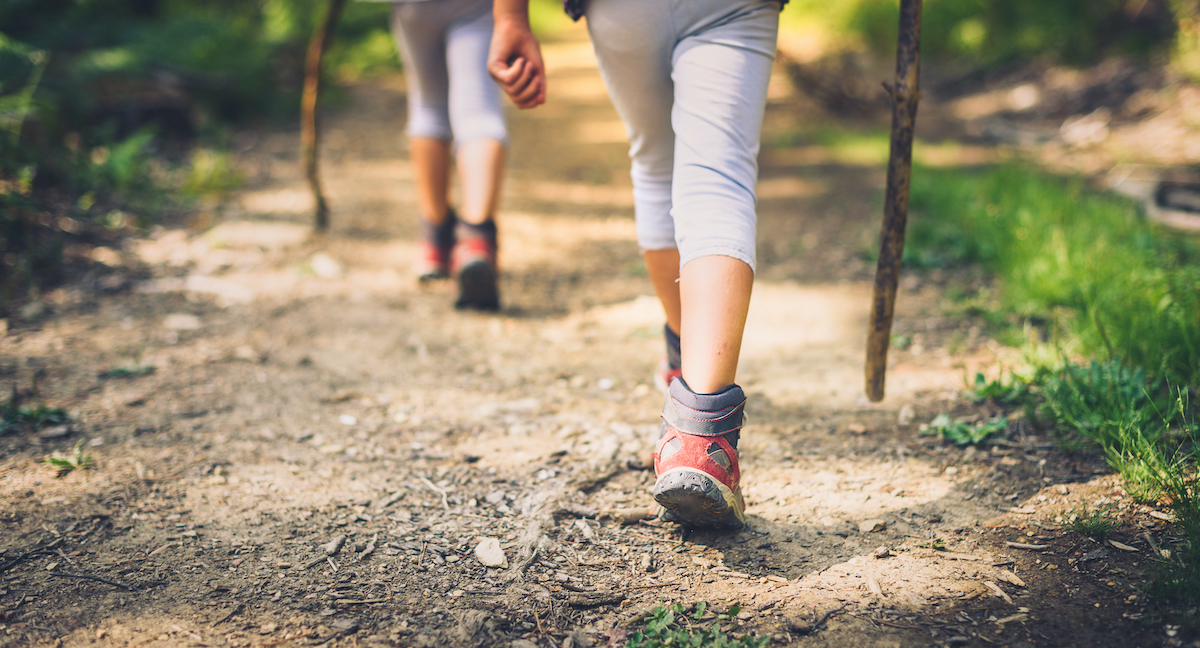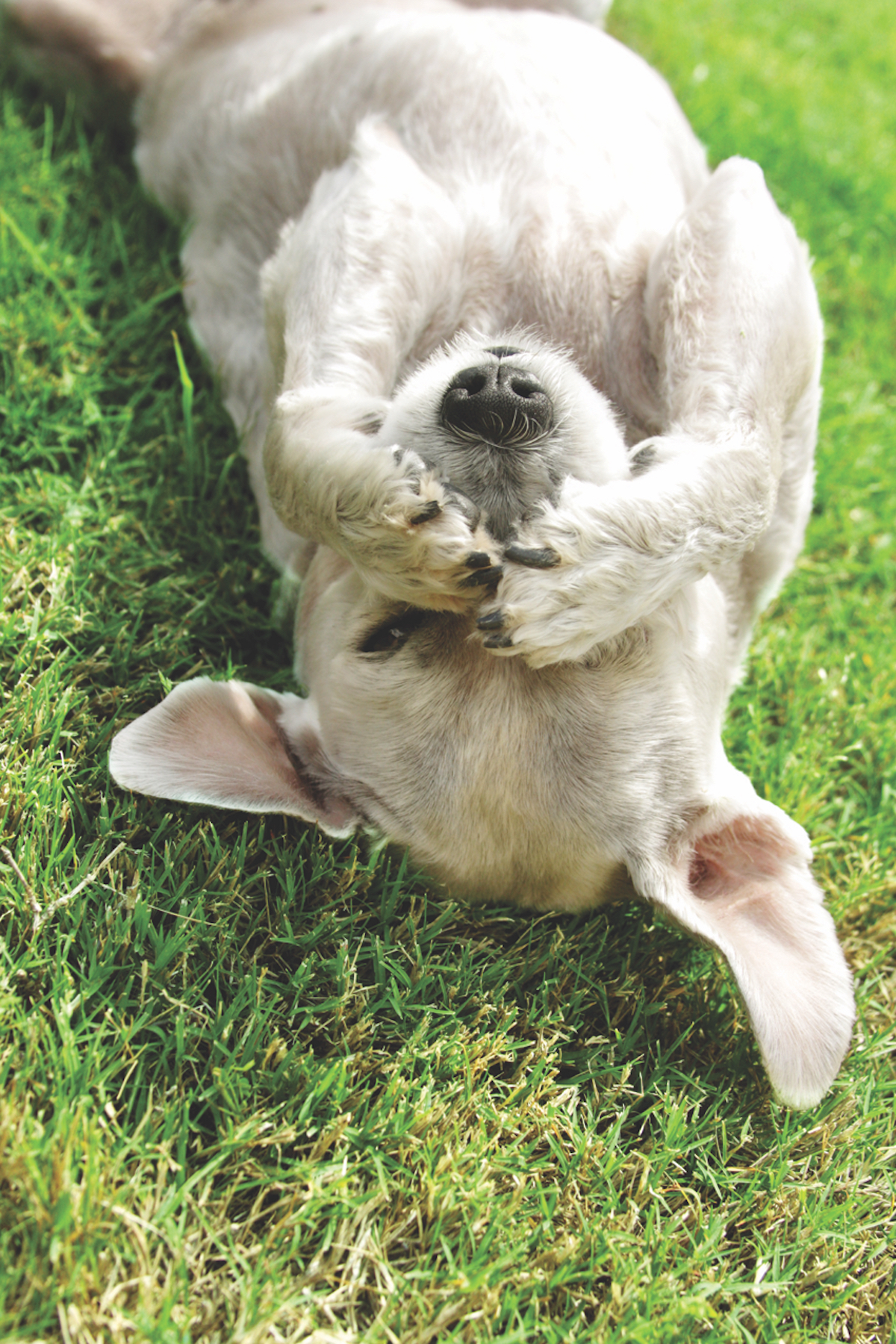
Research shows that you can rewire your brain to change your own habits.
Old habits can be hard to break, and new habits hard to make, but with these six basic steps you can develop new, healthy behaviors that stick.
6 Steps to Changing Habits
1. Identify Cues.
Something has to trigger a habit, and a cue can be anything. Maybe stress makes you crave chocolate, or the sound of your alarm triggers you to hit the snooze button. Identifying cues helps you understand what puts your habits into motion.
2. Disrupt.
Once you know the cues, you can throw bad habits off track. If the alarm cues you to bash the snooze button every morning, put the alarm clock on the other side of the room. Trekking across the cold floor will likely disrupt the snooze habit.
3. Replace.
Research shows that replacing a bad behavior with a good one is more effective than stopping the bad behavior alone.2 The new behavior “interferes” with the old habit and prevents your brain from going into autopilot. Deciding to eat fruit every time your mind thinks “cookie” substitutes a positive behavior for the negative habit.
4. Keep It Simple.
It’s usually hard to change a habit because the behavior has become easy and automatic. The opposite is true, too: new behaviors can be hard because your brain’s basal ganglia, (the “autopilot” part), hasn’t taken over this behavior yet.3 Simplifying new behaviors helps you integrate them into your autopilot routines.
5. Think Long-Term.
Habits often form because they satisfy short-term impulses, the way chewing on your nails might immediately calm your nerves. But short-term desires often have long-term consequences, like nasty, splintered, chewed up fingers. Focusing long term while trying to change some habits will help you remember why you’re investing the effort.
6. Persist.
Research has shown that what you’ve done before is a strong indicator of what you’ll do next. This means established habits are hard to break. But the good news is, if you keep at it, your new behaviors will turn into habits, too.4 Persistence works—at first it might be painful to get up at 5am for that jog, but soon it will be second nature.
Habits can be changed, and with a bit of time and some effort, healthy behaviors can become second nature.
Making better habits stick
Anybody can build healthy habits; they just need to know how to do it effectively. Every journey, including your own journey to better health and well-being, begins with just one step.
Although getting and staying healthy can feel like a big challenge, it doesn’t have to be. Working small, positive steps into your daily life can help you build a healthier life routine.
But just putting them on your mental to-do list might not be enough. Tying those positive steps to other things you already do regularly—a practice called “habit stacking,” or “habit chaining “—can help turn them into ironclad habits. For instance, you could take a daily habit, like brushing your teeth, and add in a little movement, like doing five squats.
You don’t have to do the new habit at the same time as the current habit. You can add new habits before, during or after the original habit. For example:
| Daily habit | Healthy habit to add |
| Taking a walk | Focus mindfully on the sights and sounds of your walk (instead of daily stressors at work or home). |
| Writing a to-do list | Start by listing one or two things you are grateful for every day. |
| Making coffee or tea | Wash and slice up a vegetable for snacking while you wait for water to heat or tea to steep. |
Got that first step under your belt? Next, try incorporating others. You could tack on a relaxing stretch, or five minutes of positive mindfulness to manage your stress.
Source: https://www.heart.org/en/healthy-living/healthy-lifestyle/habits











